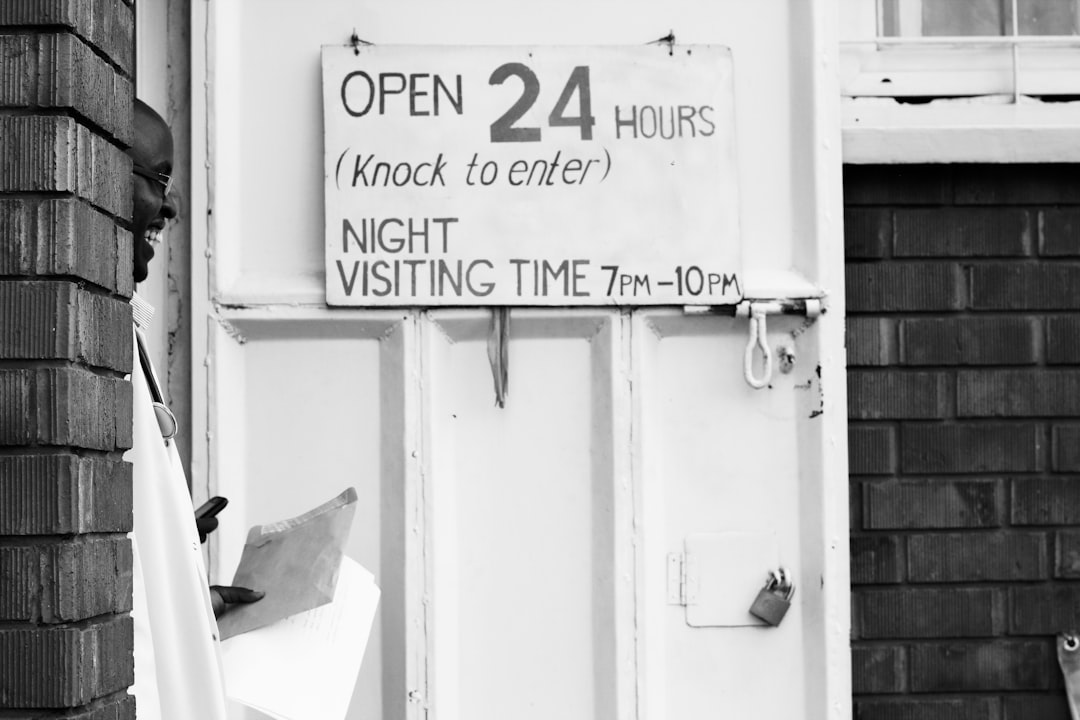Norway is renowned for its robust healthcare system, which is often cited as one of the best in the world. The country’s commitment to providing high-quality medical services to its citizens is deeply rooted in its social welfare policies. The healthcare system is primarily publicly funded, ensuring that all residents have access to necessary medical care without the burden of exorbitant costs.
This commitment to health equity reflects Norway’s broader values of social justice and community well-being, making healthcare a fundamental right rather than a privilege. In recent years, the Norwegian healthcare system has faced various challenges, including an ageing population and increasing demand for services. However, the government continues to invest in healthcare infrastructure and innovation, striving to maintain high standards of care.
This article will delve into the intricacies of Norway’s public and private healthcare systems, exploring their benefits and challenges, as well as the implications for residents seeking medical care. Book your 1-hour strategy session with Norway Relocation Group.
Summary
- Norway’s public healthcare system is funded by taxes and provides universal coverage for all residents.
- Public healthcare in Norway offers free or subsidized medical services, including hospital care, specialist consultations, and prescription drugs.
- Despite its benefits, public healthcare in Norway faces challenges such as long waiting times for non-emergency treatments and a shortage of healthcare professionals.
- Private healthcare options in Norway provide quicker access to medical services and a wider range of treatment choices, but at a higher cost.
- When making healthcare choices in Norway, it’s important to consider the quality, affordability, and accessibility of both public and private healthcare options.
Understanding the Public Healthcare System in Norway
The public healthcare system in Norway is primarily funded through taxation, which allows for a comprehensive range of services to be provided to all citizens and residents. The system is designed to ensure that everyone has access to essential medical care, including hospital treatment, general practitioner services, and preventive care. The Norwegian government allocates a significant portion of its budget to healthcare, reflecting its commitment to maintaining a high standard of public health.
At the heart of the public healthcare system is the principle of universal coverage. This means that all residents, regardless of their financial situation, can access necessary medical services without facing prohibitive costs. The system is organised into regional health authorities that oversee hospitals and health services within their jurisdictions.
This decentralised approach allows for tailored healthcare solutions that meet the specific needs of local populations while ensuring adherence to national standards.
The Benefits of Public Healthcare in Norway

One of the most significant advantages of Norway’s public healthcare system is its accessibility. With no direct charges for most medical services, individuals can seek treatment without the fear of incurring crippling debt. This accessibility promotes early intervention and preventive care, which are crucial for maintaining public health and reducing long-term healthcare costs.
Furthermore, the absence of financial barriers encourages individuals to seek medical attention promptly, leading to better health outcomes overall. Another benefit is the emphasis on equity within the public healthcare system. The Norwegian government prioritises equal access to healthcare services for all citizens, regardless of their socio-economic status.
This commitment to equity ensures that vulnerable populations receive the care they need, fostering a healthier society as a whole. Additionally, the public system is designed to provide comprehensive care, including mental health services and rehabilitation, which are often overlooked in other healthcare models.
The Challenges of Public Healthcare in Norway
Despite its many strengths, Norway’s public healthcare system faces several challenges that can impact service delivery. One of the most pressing issues is the increasing demand for healthcare services due to an ageing population and rising chronic disease prevalence. As more individuals require long-term care and specialised treatments, the system can become strained, leading to longer waiting times for appointments and procedures.
Moreover, funding constraints can hinder the ability of healthcare providers to deliver timely and effective care. While the government allocates substantial resources to healthcare, budget limitations can result in difficult decisions regarding service provision and prioritisation. This can create disparities in access to certain treatments or specialties, leaving some patients waiting longer than others for necessary care.
Exploring Private Healthcare Options in Norway
While the public healthcare system serves as the backbone of Norway’s medical services, private healthcare options are also available for those who seek alternatives. Private healthcare providers offer a range of services, from general practice to specialised treatments, often with shorter waiting times and more personalised care. Many Norwegians choose private healthcare for non-urgent procedures or when they prefer a specific doctor or facility.
The private sector operates alongside the public system, providing additional choices for patients who may wish to bypass long waiting lists or seek more immediate attention. Private health insurance is also available, allowing individuals to cover some or all of their private healthcare costs. This dual system creates a dynamic healthcare landscape where patients can select the level of care that best suits their needs.
The Advantages of Private Healthcare in Norway

One of the primary advantages of private healthcare in Norway is the reduced waiting times for treatment. Patients who opt for private services often experience quicker access to specialists and elective procedures compared to their counterparts in the public system. This can be particularly beneficial for individuals who require timely interventions or those who are anxious about prolonged waiting periods.
Additionally, private healthcare providers often offer a more personalised experience. Patients may find that they have more time with their doctors and greater opportunities for direct communication regarding their treatment options. This level of attention can lead to increased patient satisfaction and a sense of empowerment in managing one’s health.
The Disadvantages of Private Healthcare in Norway
Despite its benefits, private healthcare in Norway is not without its drawbacks. One significant concern is the cost associated with private services. While some individuals may have private health insurance that covers certain expenses, many still face out-of-pocket payments that can be substantial.
This financial burden can deter some patients from seeking necessary care or lead them to prioritise cost over quality. Moreover, the existence of a parallel private system can create inequalities within the overall healthcare landscape. Those who can afford private care may receive faster and potentially better treatment than those reliant on public services.
This disparity raises ethical questions about equity in healthcare access and whether it undermines the principles upon which Norway’s public system was built.
Access to healthcare in Norway varies significantly between the public and private sectors. In general, public healthcare is designed to be universally accessible; however, patients may encounter long waiting times for certain procedures or specialist consultations due to high demand. This can be particularly frustrating for those with urgent health concerns who cannot afford to wait.
In contrast, private healthcare offers quicker access but at a cost that may not be feasible for everyone. Individuals who choose private care often do so out of necessity rather than preference, highlighting a potential divide between those who can afford immediate treatment and those who must navigate the public system’s limitations. This dichotomy raises important questions about how best to balance accessibility with quality across both sectors.
When comparing quality of care between public and private healthcare systems in Norway, it is essential to consider various factors such as patient outcomes, satisfaction levels, and available resources. Generally speaking, both sectors maintain high standards; however, there are nuances that can affect individual experiences. Public hospitals are typically well-equipped with skilled professionals and advanced technology; however, resource constraints may impact service delivery during peak times.
Conversely, private facilities often boast shorter wait times and more personalised attention but may not always have access to the same level of resources as larger public hospitals. Ultimately, patients must weigh these factors when deciding where to seek care based on their specific needs.
Affordability is a critical consideration when evaluating public versus private healthcare options in Norway. The public system is largely funded through taxation, meaning that most residents do not face direct charges for essential medical services. This model promotes affordability and ensures that financial barriers do not prevent individuals from accessing necessary care.
In contrast, private healthcare comes with associated costs that can vary widely depending on the type of service required and whether patients have insurance coverage. While some may find value in paying for quicker access or specialised treatments, others may struggle with the financial implications of private care. As such, understanding one’s financial situation and available options is crucial when navigating Norway’s healthcare landscape.
Making Informed Healthcare Choices in Norway
Navigating the complexities of Norway’s healthcare system requires careful consideration and informed decision-making. Individuals must assess their personal health needs alongside their financial circumstances when choosing between public and private options. It is essential to understand the benefits and limitations inherent in each system while also considering factors such as waiting times, quality of care, and accessibility.
For those looking to enhance their understanding of the Norwegian language as they navigate this landscape, enrolling in Norwegian courses at the NLS Norwegian Language School can be invaluable. These courses not only provide language skills but also cultural insights that can aid individuals in making informed choices about their healthcare options in Norway. By equipping oneself with language proficiency and cultural knowledge, residents can engage more effectively with healthcare providers and advocate for their needs within both public and private systems.
In conclusion, while Norway’s public healthcare system offers comprehensive coverage and equitable access, private options provide alternatives that may suit specific needs better for some individuals. Understanding these dynamics is crucial for making informed choices about one’s health in this Scandinavian nation renowned for its commitment to quality care.
Speak Norwegian with confidence. Enroll in a class at the NLS Norwegian Language School now.

